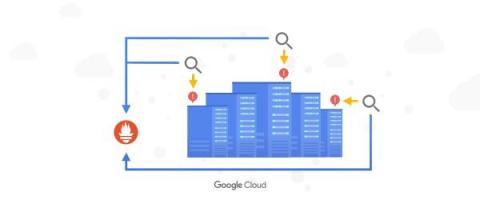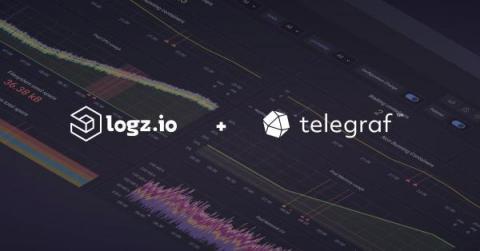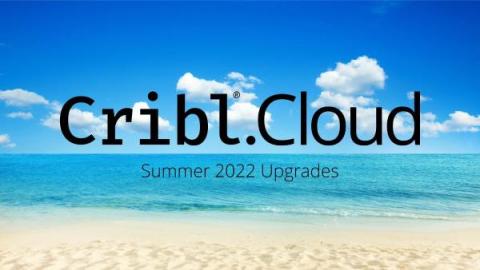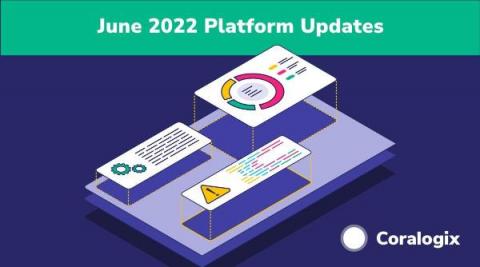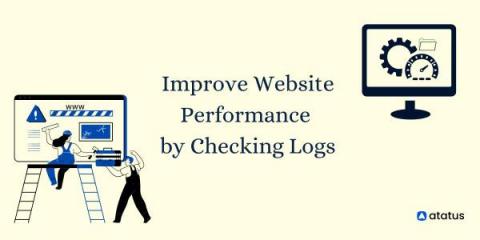Operations | Monitoring | ITSM | DevOps | Cloud
Logging
The latest News and Information on Log Management, Log Analytics and related technologies.
Application Snapshots: A Valuable Observability Signal for Developers
Monitoring is often not the first thing on the mind of the modern developer. Yet, it’s necessary at many points of the software development lifecycle, including: before deprecating an API, before launching a new feature, after launching the feature, and more. In fact, monitoring needs can vary much more than the classic Ops monitoring.
Cloud Monitoring metrics, now in Managed Service for Prometheus
According to a recent CNCF survey, 86% of the cloud native community reports that they use Prometheus for observability. As Prometheus becomes more of a standard, an increasing number of developers are becoming fluent in PromQL, Prometheus’ built-in query language. While it is a powerful, flexible, and expressive query language, PromQL is typically only able to query Prometheus time series data.
Implementing Synthetic Monitoring with Telegraf and Logz.io
In my previous blog post, we explored key questions about Synthetic Monitoring, such as what it is, why it’s important, how it works, and how it compares to Real-User monitoring. Synthetic Monitoring is becoming an increasingly-popular method to continuously monitor the uptime of applications and the critical flows within them so that DevOps, IT, and engineering teams are quickly alerted when issues arise. Unfortunately, a good Synthetic Monitoring tool can be expensive.
Collect More Data with Windows Server Support in Cribl Edge 3.5
Cribl Edge is the easiest and most manageable agent for exploring, processing, and collecting Observability data at the edge for Linux servers. Today, we’re excited to announce that it’s not just Linux admins whose lives have been made easier with Edge. With the Cribl Software Suite 3.5.0, Cribl Edge now supports Windows Server 2016, 2019, and 2022, bringing that same intuitive experience for deploying, setting up, and collecting observability events to your Windows infrastructure.
Bring More Reliability and Insights to Your Observability Pipelines with Cribl Stream 3.5
We’ve been busy building more features for Cribl Stream, and are excited to share the new value we offer our users. Cribl Stream 3.5 is now available! This release brings some much-requested features that will help users build more robust observability pipelines, with new sources and destinations. Let’s dive into what’s new!
Cribl.Cloud Summer 2022 Release Helps You Be Even More Proud of Your Cloud
Cribl.Cloud’s Summer 2022 release is now available in an AWS cloud near you! As part of this release, we are excited to share the features we have been building, including the latest Cribl product releases (Stream 3.5 and Edge 3.5). This release brings some much-requested features that will help customers increase their compliance, reduce overall costs, and deploy a more resilient observability data pipeline.
Cribl's New Education and Certification Program Defines a Critical Role in Observability
What is an observability engineer? They build monitoring tools, right? Develop data pipelines? For time series data? Maybe distributed tracing? Ah, got it…an observability engineer is just an extension of an SRE with a wider ‘end-user’s’ perspective? But don’t they also build solutions that move telemetry for security tools? Maybe monitor and review an organization’s overall security posture?
June 2022 Platform Updates
Our team has been hard at work this month to introduce 2 new parsing rules, DataMap improvements, updated tracing visualizations for SLA monitoring & more. Get up to speed on everything that’s new and improved in the Coralogix platform!
Improve Website Performance by Checking Logs
In the early days of log analysis, application developers would use their logging libraries to write logs to files stored on a disk. After years of relying on those libraries, they found that they were unable to monitor the performance of their applications anymore because they didn’t understand the way their logging libraries worked. This led to a shift from using log files stored on a disk to using Syslog.




